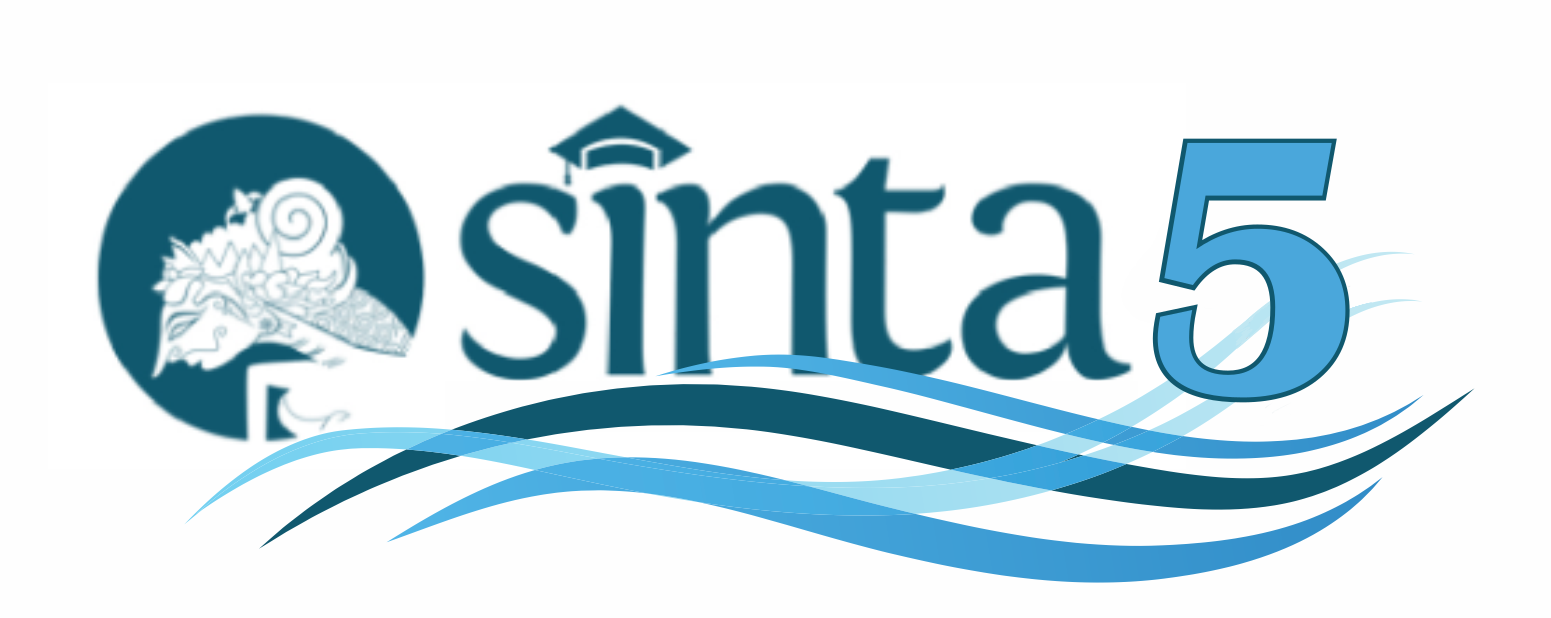Teknik Penangkapan Menggunakan Jaring Hela Udang Berkantong Pada KM.SPL IX Milik PT. Sinar Pesona Laut
DOI:
https://doi.org/10.31957/acr.v7i1.3871Keywords:
Pocket Shrimp Drag Net, Handling Response Results, KM.SPL IXAbstract
This research aims to find out about fishing techniques with pocket shrimp nets at FB. SPL IX. Methods of data collection carried out in the form of observation, interviews and documentation. The data analysis method used is descriptive qualitative and quantitative. The fishing technique with pocket shrimp nets at FB. SPL IX consists of several stages, activities at the fishing base, heading to the fishing ground, activities at the fishing ground, lowering fishing gear (setting), towing fishing gear, hauling, and handling the catch. Techniques for handling fish caught on board Shrimp Hela Nets at FB. SPL IX consists of 8 stages, namely sorting the shrimp and fish, sorting the size of the shrimp, weighing the shrimp, putting it into the inner, putting it on the carton, insulating the carton, putting it in the freezer (ABF/snep) and putting it in the storage hatch. The total production of the catch is 18,218 tons
Downloads
References
Antika M, Kohar A, Boesono H. 2014. Analisis Kelayakan Finansial Usaha Perikanan Tangkap Dogol di Pelabuhan Perikanan Ikan (PPI) Ujung Batu Jepara. Journal of Fisheries Resources Utilization Management and Technology. 3(3):200-207.
FAO. 1995. Code of Conduct for Responsible Fisheries. FAO, Rome.
Luthfia, O.M. Citra S. U.D., Respati D.S., Dimas S.A. , Dimas B. D.P. dan Firly Y.2018. Kelimpahan Invertebrata di Pulau Sempu Sebagai Indeks Bioindikator, Ekonomis Penting Konsumsi, dan Komoditas Koleksi Akuarium. Journal of Fisheries and Marine Research,3(2); 137-148.
Naamin N. 1984. Dinamika Populasi Udang Jerbung (Penaeus merguiensis de Man) di PerairanArafura danAlternatif Pengelolaannya. Disertasi: Fakultas Pasca Sarjana, Institut Pertanian Bogor. 281 hal.
Nedelec, C. & J. Prado. 1990. Definition and clasification of fishing gear categories. F. A. O. Fisheries Technical Paper No.222.Rev.1. F. A. O. Rome.p.25-29.
Prayitno, M.R.E.,Abdul R. dan Muhammad R.H. 2023. Sebaran Daerah Penangkapan Ikan Pada Perikanan Skala Kecil di Kabupaten Pangandaran, JAWA BARAT. Journal of Marine Fisheries , 14(2); 225-236.
Purwanto dan Nugroho D. 2010.Tingkat optimal pemanfaatan stok udang, ikan demersal, dan ikan pelagis kecil di Laut Arafura. Jurnal Lit. Perikan. Ind, 16 (4); 15 – 21.
Sumiono, B. 2008.Trend hasil tangkapan sampingan (by catch) pukat udang di Laut Arafura. Dalam: Wijopriono, B. Sadhotomo & R. Zainy (eds). Sumberdaya, Pemanfaatan, dan Opsi Pengelolaan Perikanan di Laut Arafura. Biodynex 2. BPPL, Jakarta: 37-55.
Utami, Gumilar, Sriati. 2012. Analisis bioekonomi penangkapan ikan layur (Trichirus sp.) di Perairan Parigi Kabupaten Ciamis. Jurnal Perikanan dan Kelautan. 3(3):137- 144.
Winartha, I.M. 2006. Metodologi Penelitian Kuantitatif dan Kualitatif. Yogyakarta : Gaha Ilmu.
Yusuf M, Sutrisno S, Luky A. 2007. Analisis pengelolaan sumberdaya ikan merah (Lutjanus spp.) di Kepulauan Spermonde Sulawesi Selatan. Jurnal Ilmu-Ilmu Perairan dan Perikanan Indonesia. 14 (2): 115-124
Downloads
Published
Issue
Section
License
Copyright (c) 2024 ACROPORA: Jurnal Ilmu Kelautan dan Perikanan Papua

This work is licensed under a Creative Commons Attribution-NonCommercial-ShareAlike 4.0 International License.
Authors who publish with this journal agree to the following terms:
- Authors retain copyright and grant the journal right of first publication with the work simultaneously
licensed under a Creative Commons Attribution-NonCommercial-ShareAlike 4.0 International License
that allows others to share the work with an acknowledgement of the work's authorship and initial
publication in this journal. - Authors are able to enter into separate, additional contractual arrangements for the non-exclusive
distribution of the journal's published version of the work (e.g., post it to an institutional repository
or publish it in a book), with an acknowledgement of its initial publication in this journal. - Authors are permitted and encouraged to post their work online (e.g., in institutional repositories or
on their website) prior to and during the submission process, as it can lead to productive exchanges,
as well as earlier and greater citation of published work (See The Effect of Open Access).




















